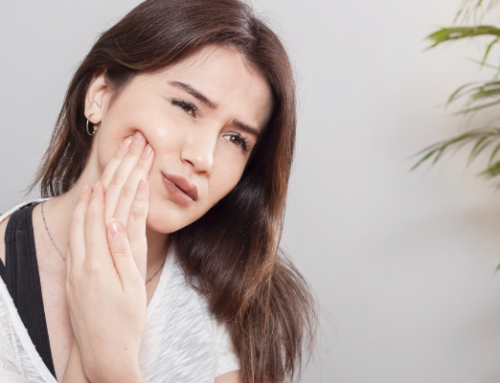Do you have TMJ?
If you are looking for natural TMJ relief then read on…
Temporomandibular joint disorder involves a collection of symptoms, including pain and tenderness of the muscles that we use to chew and the jaw joint known as the TMJ (temporomandibular joint), as well as of several sites along the head and neck.
The pain is usually worse in the morning, and the person commonly has a history of stress and difficulty in sleeping. Jaw movement may be accompanied by grinding, clicking, catching, and popping, resulting in restricted or deviated motion during opening or closing of the mouth.
Traditionally, dentists and orthodontists seek to change the person’s bite in order to deal with TMD. Medical doctors use surgery and drugs in their approach to TMD.
85% Reduction in Jaw Pain following Upper Cervical Care
But, new research from The Upper Cervical Research Foundation is showing dramatic improvement in patients with jaw pain following a natural approach. In the study, patients with Jaw pain or TMD (temporomandibular joint disorder) were referred for upper cervical evaluation and care. Over an 8 week period all patients had a dramatic improvement in their TMJ symptoms.
Their jaw pain before treatment averaged of 5.9/10 on the pain scale. Following 8 weeks of upper cervical care the average dropped down to 0.9/10 an 85% improvement! Several other research studies have been conducted over the years showing the connection between the upper neck and the jaw.
The upper cervical approach involves rebalancing the position of the head, the neck and as a consequence, the jaw. upper cervical spinal care is safe, gentle, precise and extremely effective. Learn more about upper cervical below.
The Key to Posture
The Atlas vertebra, also known as C1 is the top bone in the spine. This is the bone where the heavy head rests. The joint between the Atlas and the skull can frequently become damaged and misaligned due to head and neck injuries. Once the position of this upper neck and skull area has been altered compensations will develop both below and above the area.
Below the area, the muscles around the shoulders will begin to pull unevenly leading to a tilting of the shoulder girdle. Frequently, you’ll be able to visualize this when you look in the mirror. One shoulder will be noticeably higher than the other.
Continuing down the spine the muscles will continue to be imbalanced as a result of the misalignment in the upper neck and the change in the head position.
This will lead to a similar tilting of the hip position leading to uneven hips. And eventually a change in weight distribution where more of the weight will be on one leg, frequently leading to uneven wear patterns on the shoes.
Above the Atlas misalignment, the TMJ will frequently be affected. As the head tilts to one side more pressure will be applying to one side of the jaw. The longer this misalignment is there the more likely there will be facial asymmetry and other noticeable signs.







